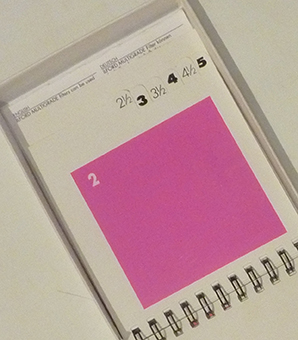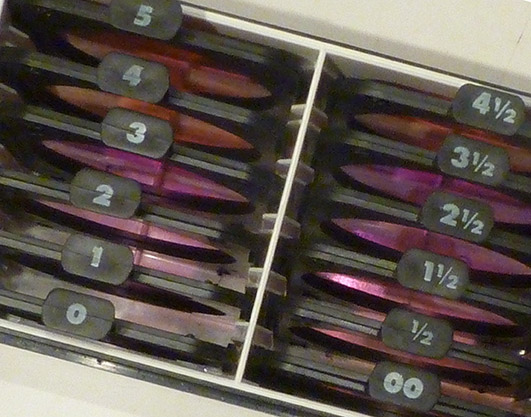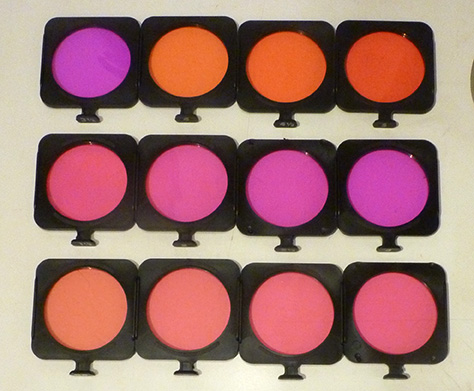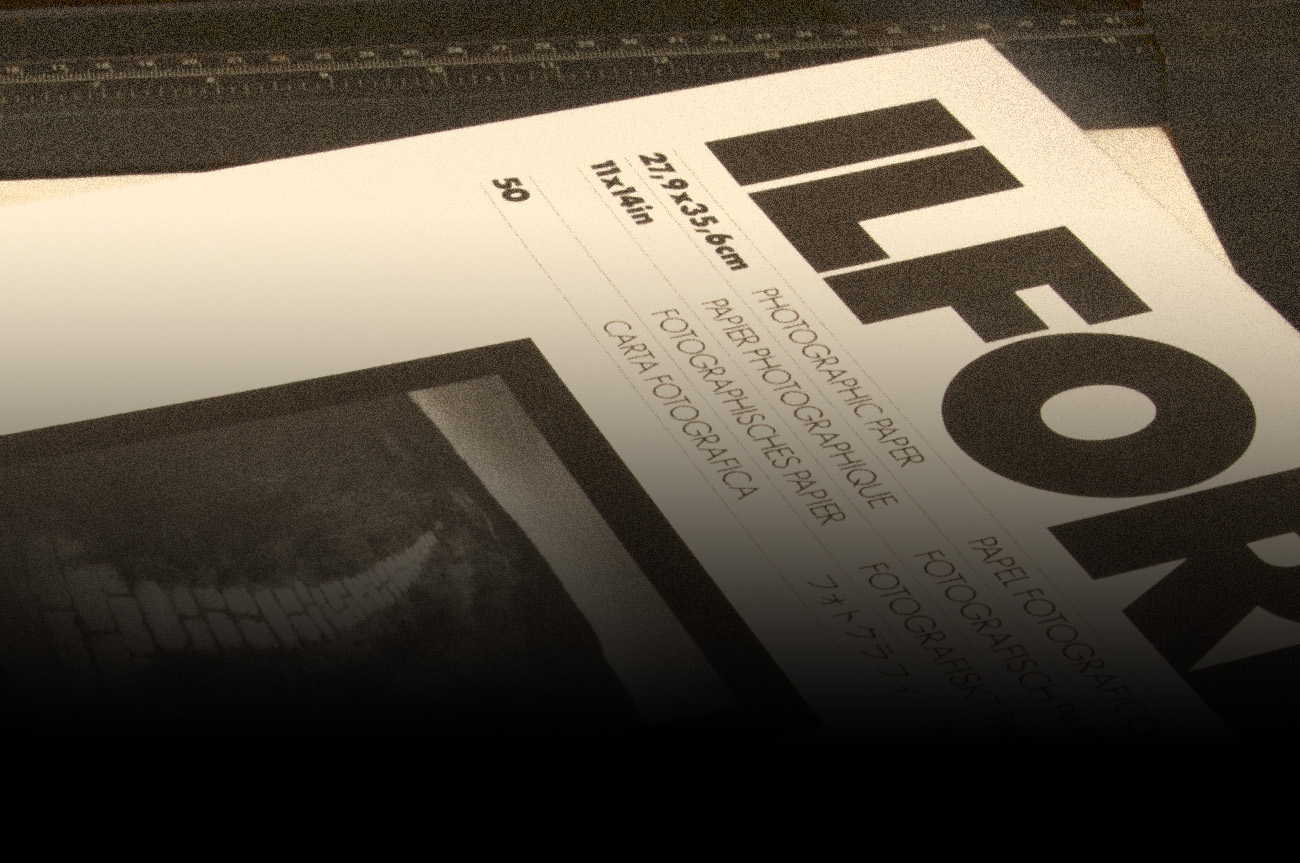The version of split-grade printing described here is that taught to me by the Ilford head printers, Mike Walden and Terry Offord, and is the simplest, fastest way to make good darkroom prints from pretty much any negative, except really underexposed negatives (to print these you usually only need high contrast). I consider it to be the Ilford way to make darkroom prints with Ilford Multigrade paper.
This is a very powerful technique that can be used routinely with variable contrast (VC) papers, such as Ilford Multigrade. It makes use of the differing performance produced by combining low contrast and high contrast exposures in the same print. For example, you may think that a 10 sec exposure at grade 2.5 would be similar to two exposures of 5 sec, one at grade 0 and one at grade 5. Fortunately for us printers, the performance curves for VC papers like Multigrade vary across the grades so this simple example doesn’t work. However, it does mean that we have another way of controlling contrast, and especially shadow and highlight detail.

The term split grade printing just means that instead of starting with one exposure you split it into two (or more), to give the basic image. One of these is low contrast and one high contrast. Together they average out to an exposure somewhere in between the two. This gives the printer an infinitely variable contrast range within the limits of grades 0 and 5.
Here is a video of the technique followed by an article describing it in detail.
- I generally start with a test strip at grade 2.5, right in the middle of the contrast range.
- A test strip is a piece of Multigrade paper 1 to 4 inches wide and a few inches long. You make them from full sheets of paper with a pair of scissors or a rotary trimmer. It’s best not to use a guillotine in the darkroom!
- The test strip is stuck down on the paper easel or enlarger baseboard with a couple of small bits of Blu-Tack to stop it moving.
- The test strip is then exposed in a series of steps. Expose the whole strip, cover part of the strip with a piece of card pushed onto the surface of the paper, do another exposure, cover another part of the strip, and repeat until the complete length of the test strip has been exposed. The card is in contact with the paper, not held above it. This avoids light piping around the sides of the card giving extra exposure to the strip than is expected.
- To give you an idea of exposure times, for enlargers such as the Durst M670 test strip steps of 10 seconds at f8 are usually fine. It’s a good starting point anyway.
- Choose a step on the test strip that has some black areas as well as some detail in the light parts of your image. It’s usually best to go slighter darker if in doubt as to which step to choose.
- Take the time for the selected step and divide by 2, for example if the 30 second step looks about right this will give you 15 seconds. This puts you in roughly the right area for exposure, you can finesse it once you start the split grade printing.
- Do another test strip using this 15 seconds at grade 0 and 15 seconds at grade 5. The whole strip is exposed to these 2 exposures. This is your first split grade print, albeit as a test strip! Note, the 15 seconds is an example, you must use whatever time you obtain from your test strip!
- The order of making the exposures has no effect on the final result, grade 0 or grade 5 can be first it makes no difference.
- In simple terms, the grade 0 low contrast exposure gives you control of the light grey areas in your print. To add more detail in these ‘highlights’ increase the grade 0 exposure time. To increase the overall print contrast increase the grade to 0.5, 1, 1.5 or 2. Be careful to avoid having white patches with no detail in your print. If this happens reduce the contrast again. Obviously if your print looks dull and without any bright areas (assuming it should have bright areas!) then decrease the exposure times until you see some.
- The high contrast exposure gives you control of the blacks and shadows. Increase this time until you see good blacks or decrease it until you can see some details in the shadows without completely losing your blacks. Be careful not to reduce your blacks to dark grey or your print will look low contrast! I always use grade 5 for the high contrast exposure.

For each exposure you can change the time and grade used giving you an almost infinite variety of possibilities. You can also dodge (selectively reduce the exposure of) parts of the image during each of these 2 basic exposures:
- To increase shadow detail and separation of the tones in these darker areas dodge these areas during the low contrast exposure.
- Another way to increase shadow detail is to reduce the grade 5 exposure.
- To give highlights subtle detail when they appear slightly over printed then dodge these during the low contrast exposure.
- If highlight (lightest) areas appear flat this is because the contrast is too low or the exposure is too long. Increase the grade or reduce the exposure used for the low contrast exposure.
- If it is difficult to put detail into the highlights using burning-in then reduce the grade used towards 0 for the basic low contrast exposure and maybe increase the time as well. Be careful not to reduce the overall impact of the print as you do this.
- If the print needs more contrast increase the grade 5 exposure time, reduce the low contrast time or increase the low contrast grade.
It needs a bit of playing around to see what the variations can do for any image.

I also quite often make the foreground more contrasty by dodging the low contrast exposure for this area. I don’t want the viewer of my images to just look straight beyond the foreground to the main centre of interest. The whole picture sits on the foreground and increasing the contrast here gives it a prominent position in the final print.
Now the basics are in place from the 2 main split grade exposures I can add further exposures to enhance or emphasise smaller areas in the print.





